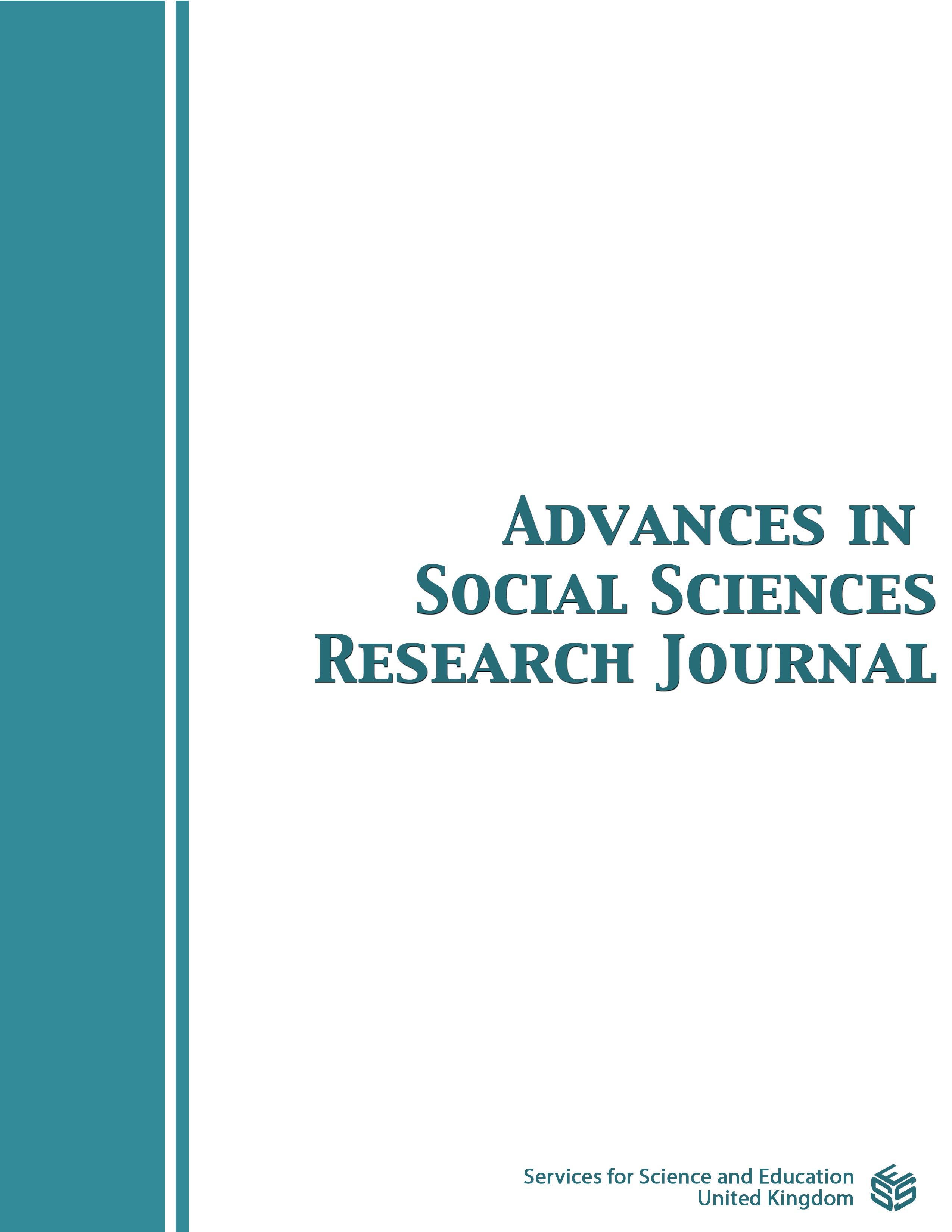Investigating Omani EFL Students’ Learning Styles at the Foundation Program in UTAS-Salalah
DOI:
https://doi.org/10.14738/assrj.911.13507Abstract
This study aimed to investigate the most preferred learning styles by Omani EFL students’ and to find out the relationship between the students’ learning style and their gender. 100 students were selected randomly from the four levels in the foundation program at the University of Technology and Applied Sciences. There were 56 females and 44 males. The participants answered the Grasha-Riechmann student learning styles scale. The findings indicated that the dependent learning style was the most preferred learning styles by Omani EFL students. Also, the female students obtained significantly higher mean in collaborative than male students, but in the rest of the learning styles, students were almost the same. The avoidant learning styles was the least favorite learning style by both female and male students. Based on the results, Omani EFL students are more dependent on their teacher and classroom. Moreover, female students tend to collaborate with other students and participate in their different activities and there is no huge difference between female and male students in the other learning styles. The results of this study can help teachers to become more sensitive to the diverse learning styles and it can serve as a guideline to design course content that is more compatible with the students’ styles.
Downloads
Published
How to Cite
Issue
Section
License
Copyright (c) 2022 Muna Kashoob, Antony Jawahar

This work is licensed under a Creative Commons Attribution 4.0 International License.
Authors wishing to include figures, tables, or text passages that have already been published elsewhere are required to obtain permission from the copyright owner(s) for both the print and online format and to include evidence that such permission has been granted when submitting their papers. Any material received without such evidence will be assumed to originate from the authors.






